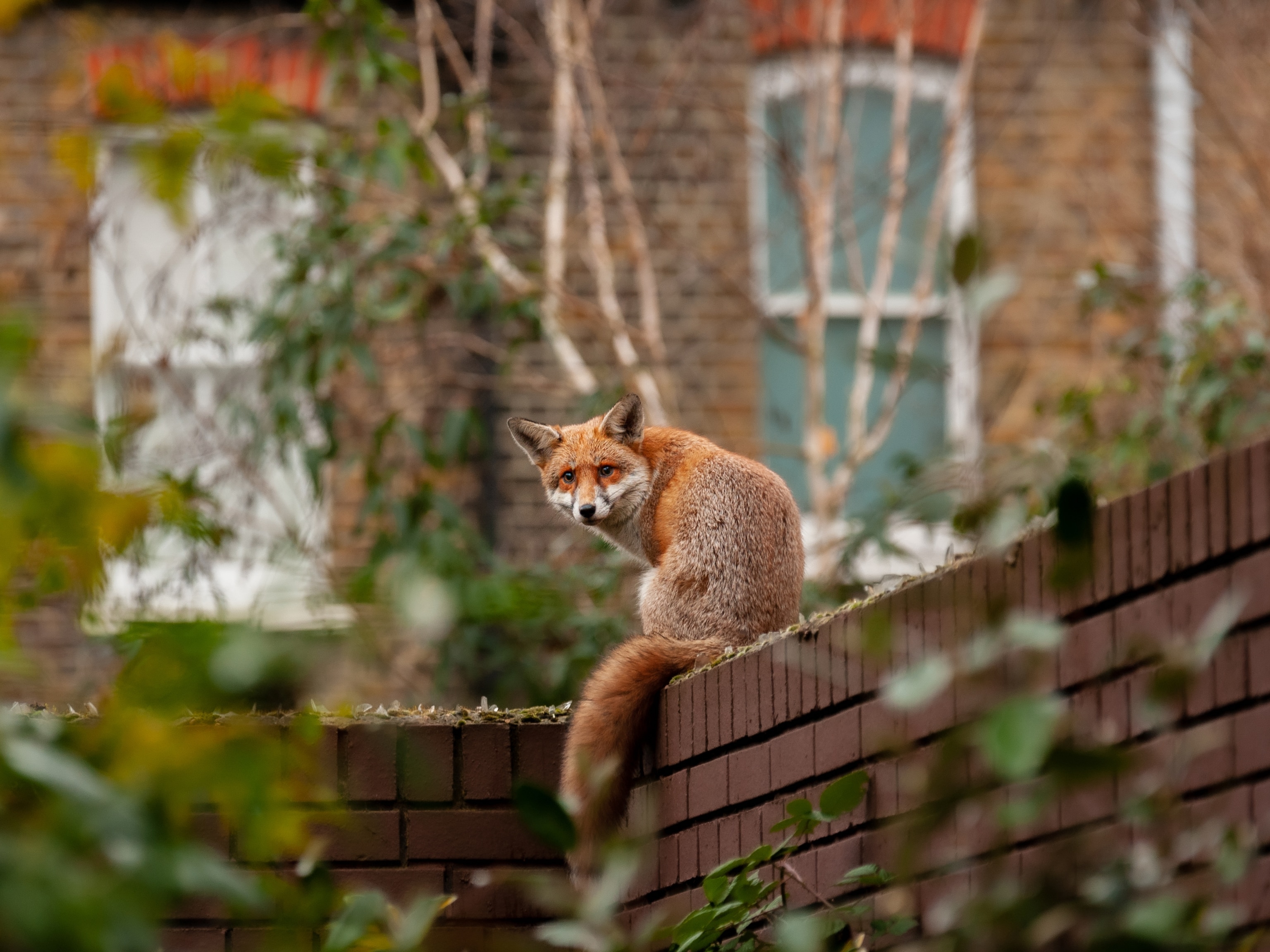Whistling Caterpillars And 5 More Surprisingly Musical Species
The shrill sound has many purposes in nature, from deterring predators to deepening bonds.
Some people can't whistle at all, much less whistle without lips.
The walnut sphinx caterpillar has no such trouble. When disturbed, say by a predator, these North American insects compress their bodies and squeeze air out of holes in the sides of their bodies, called spiracles. The result is a shrill sound that can last for several seconds.
Now Jayne Yack, a neuroethologist at Carleton University who made the spiracle discovery, has found the high-pitched noises dissuade hungry birds. (Read: "Caterpillars Drum Their Anuses To Find New Friends.")
“There are different hypotheses to explain why a predator would be deterred, and we tested the startle hypothesis: Namely, that the whistle freaks out and frightens the bird so it doesn’t come back,” says Yack, whose study appears in May in the journal Behavioural Processes.
In the laboratory experiment, when red-winged blackbirds approached a dish of tasty mealworms, they triggered a sensor that set off recorded walnut sphinx caterpillar whistles. The birds responded to the whistles by flying away, flinching, and diving—all indications the noise scared them.
While whistling helps the walnut sphinx live to see another day, the vocalizations serve many other purposes in nature. Here are five more of nature's most accomplished whistlers.
Guinea Pigs
Guinea pigs make noise mostly to communicate with one another and their owners. For instance, a pup will whistle if separated from its mother.
But pet owners may be more familiar with the other reason guinea pigs whistle: in anticipation of food. Many guinea pigs learn to identify the telltale signs of a pending meal and whistle liberally in response. (Read how guinea pigs were widespread as Elizabethan pets.)
Dholes
Highly social wild dogs that live in packs in the dense forests of Asia, dholes are also known as “whistling hunters.”
Dholes hunt cooperatively, breaking into smaller groups to surround prey animals hidden deep in the vegetation. To coordinate their movements in an environment that's both noisy and visually cluttered, the canines whistle to each other.
Mice
Male mice produce ultrasonic whistles, above the range of human hearing, to court females and warn rivals of their territorial boundaries. (Also see "Singing Mice Learn New Tunes.")
Recent research revealed that mice make these sounds by using their windpipes as whistles, bypassing their vocal cords altogether—a mechanism has never before been seen in an animal. In fact, it is similar to how a supersonic jet engine works.
Marmots
Most marmots—found in mountainous areas in North America, Asia, and Europe—are social, using loud whistles to communicate with each other, earning many species the nickname “whistle pig.”
“Some of the marmots that live in the Pacific Northwest, like the hoary marmot, are fabulous whistlers,” says Daniel Blumstein, a biologist at the University of California, Los Angeles, who studies marmots.
A marmot will also whistle when it spots a predator. “Alarm calls seem to reflect urgency—how close a predator is or how scared the individual calling is,” Blumstein says.
Other marmots who hear these calls respond appropriately, looking around and scurrying to their burrows. (Read "World's Loudest Animals—Bug With 'Singing' Penis, More.")
Bottlenose Dolphins
Every bottlenose dolphin has a signature whistle, a unique vocalization that acts like a name. Signature whistles not only provide an identity, they help dolphins locate each other and deepen bonds.
Researchers have also shown that dolphins copy one another’s whistles to re-establish contact when separated, like a person calling her friend’s name if they lose sight of one another.
Signature whistles appear especially important for maintaining relationships between mothers and calves and between allied males.
When separated, these dolphins appear to call to their partners by copying their signature whistles—possibly a plea to be reunited.










